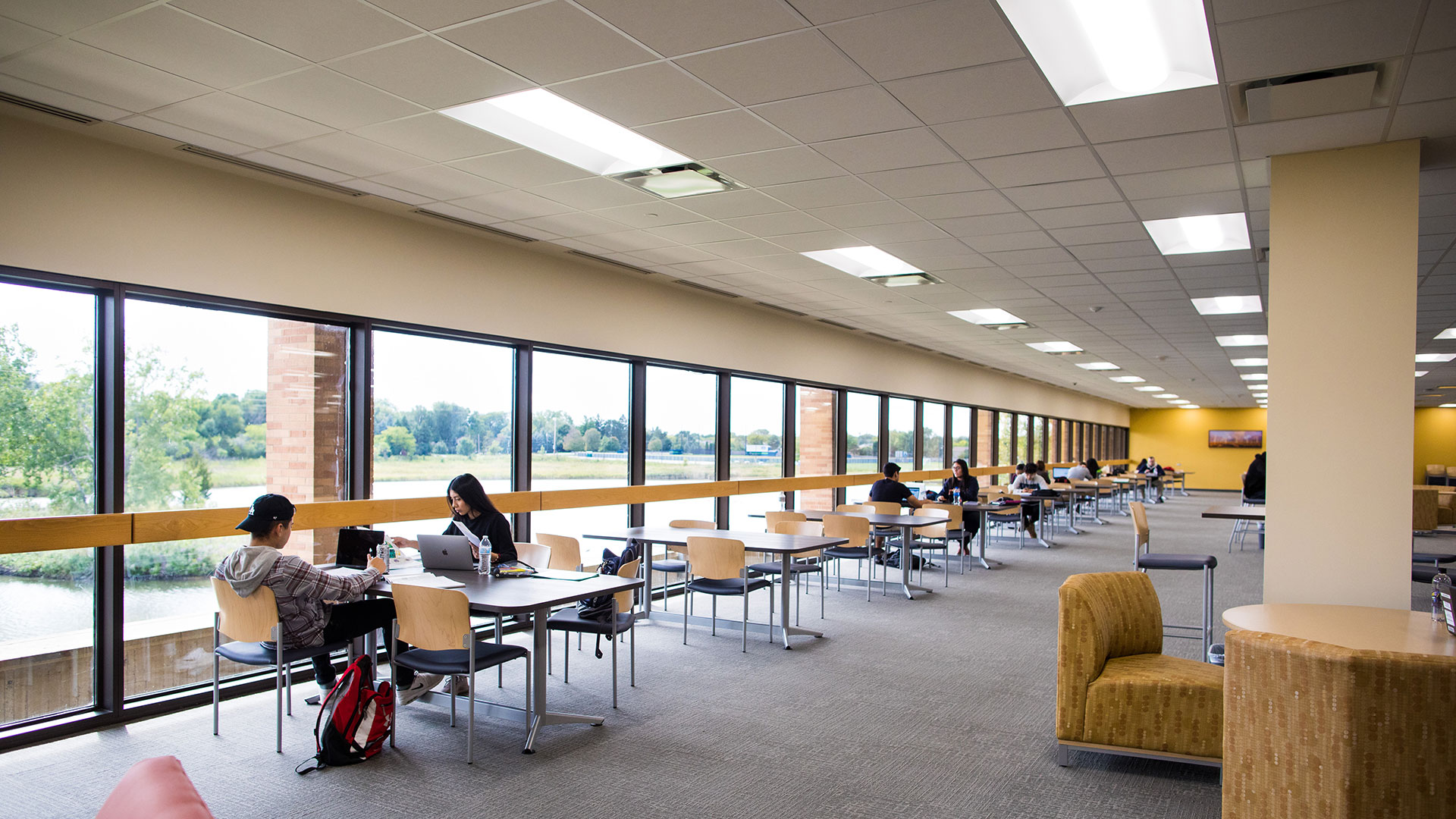

Web Writing Guidelines Get guidance and best practices on writing for the web.Contact Us Get in touch with the Office of Global Marketing and Communications.Frequently Asked Questions Browse frequently asked questions and their answers.Northwestern Fact Sheet Help tell a story about Northwestern using the numbers.Personality, Voice & Tone Apply Northwestern's personality, voice and tone in your writing.Key Message Themes Discover the recipe that can help make Northwestern stories unique and in harmony.Stationery, Business Cards & Letterhead.macOS - /Users/USER_NAME/Library/Application Support/zoom.This is where any images or movies that you add as Virtual Backgrounds for the Zoom desktop application are stored: Win10 - C:\Users\USER_NAME\AppData\Roaming\Zoom\data\VirtualBkgnd_Default/.macOS - /Users/USER_NAME/Library/Application Support//data/VirtualBkgnd_Default/.These are the background images and movies that are included with Zoom: This is the location of the default Virtual Backgrounds. Win 10 - C:\Users\USER_NAME\AppData\Roaming\Zoom.macOS - /Users/USER_NAME/Library/Application Support//.In the list below you will see the path to the settings folder for both macOS and Windows 10: This is where the settings for the Zoom desktop application are stored. If you wish to locate your background images and movies you can find them at the following locations: Zoom settings: Additionally, you can add or delete a background here. You can pick which background you wish to use. In the settings for the Zoom application choose the Background & Filters panel.

Once your Virtual background is enabled you can pick the best one for your meeting.

Next, search for “Virtual background” in your browser window. Select the “Settings” button in your account profile. If you want to disable or enable the feature then you need to do so in your Zoom web account profile. These backgrounds can be a still image or a movie file. Zoom has the ability to insert a virtual background into your sessions.


 0 kommentar(er)
0 kommentar(er)
